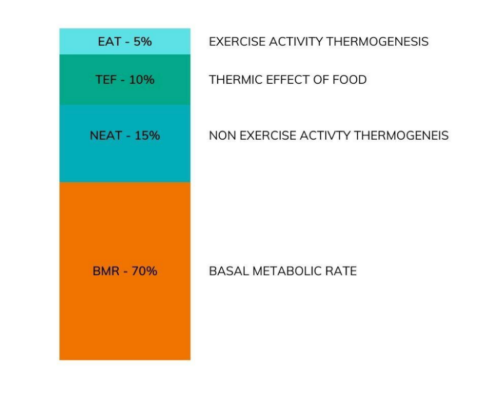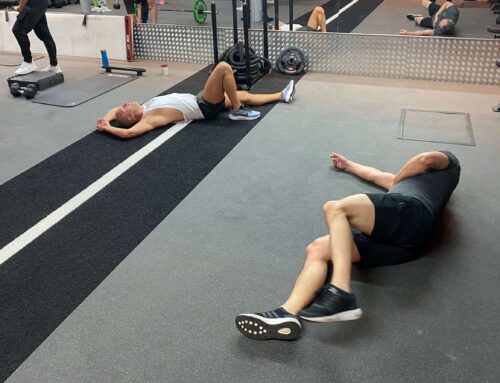Why are steps important for weight loss or fat loss – even if you work out.
When we start a new fitness or fat loss plan, our first thought is usually to increase the number of gym sessions or classes we attend each week.
And that’s a smart strategy: more exercise = burning more calories, and if that results in a calorie deficit, hey presto, weight or fat loss occurs.
But what many people overlook is the importance to weight loss and fat loss of the calories we burn through activities that aren’t specifically an exercise session, like walking, especially when you’re starting out.
Why does walking matter, even if I work out?
Our bodies burn calories in four ways:

- Basal Metabolic Rate (BMR) – 70%. This is the energy required for the normal everyday functioning of our bodies. Think of it as the energy you would burn if you were lying down watching TV.
- Non-Exercise Activity Thermogenesis (NEAT) – 15%. This is the energy you burn through daily physical activity including walking.
- The Thermic Effect of Food (TEF) – 10%. This is the energy required to digest the food you eat.
- Exercise Activity Thermogenesis (EAT) – 5%. This is activity that is specifically exercise, like when you go to the gym or a class.
When we look at the proportion of energy burned by each of these activities in a day (see Figure 1 or description above), we can see that, after our Basal Metabolic Rate, which doesn’t change much, the largest block of energy expenditure is Non Exercise Activity Thermogenesis (NEAT), the energy our bodies use when we do our normal daily activities like walking.
Increasing NEAT, for example by increasing the number of steps you take each day, is a great starting point, particularly for those who haven’t done much exercise recently.
Can walking alone help me lose weight and fat?
We still recommend increasing how much you go to the gym if you want to lose weight and fat, but going from zero to two or three sessions a week can feel a bit of a challenge at first.
You also need more time to recover between training sessions when you’re starting out, whereas walking requires little to no recovery time due to its low intensity.
On the days when you’re not up for training or can’t make it to the gym, you can usually achieve a walk. This way, you’ll feel like you’re still on track and your motivation stays high.
How many steps per day should I be walking?
The 10,000 steps per day target (which was dreamt up by a Japanese marketing company back in the 1960s) is common knowledge these days. But we believe there is a better, more individual method for setting a step target:
- Assess your current daily average of steps over a 7-day period
- Add 20% to your daily average of steps and set this as your new target
- Run with these new targets for the next three weeks, track your weight/body fat percentage and then reassess
Benefits of walking
It’s not just about calorie expenditure – walking has so many other benefits:
- Aids digestion
- Provides a mental break – stepping away from your workplace for a short while can help reset your brain and focus.
- Assists recovery between workouts
- Can lower blood pressure
- Improves sleep
- Gives us more exposure to Vitamin D and encourages us to discover new places
Time to get walking!
So now you know: up your gym sessions and classes when you’re on a mission to lose body fat, but don’t forget about other ways to burn calories, like upping your steps each day.






